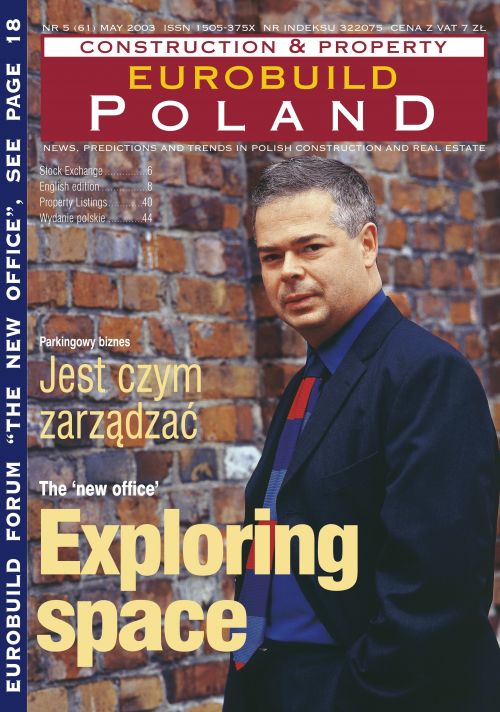The notion of the 'new office' aims to create an economical,
efficient and friendly work environment for staff. Given that it would certainly
reduce the amount of leased space, perhaps it is fortunate that the concept
hasn't found many followers in Poland
Converting traditional offices into modern 'new offices' is
said to bring indubitable benefits, such as:
nmore effective space management;
ncost reduction;
nbetter work management;
na pleasant work environment which in turn, results in higher productivity and
lower absenteeism;
nan improved work image.
These advantages would, no doubt, be of interest to all bosses,
regardless of how large or small their companies might be, but in practice, only
some of them might benefit, since the 'new office' concept may only be applied
to firms where employees have duties outside their offices. According to Peter
Wislocki of the designer firm Aukett Polska, another obstacle, particularly in
Poland, is the mentality of workers who h






























































